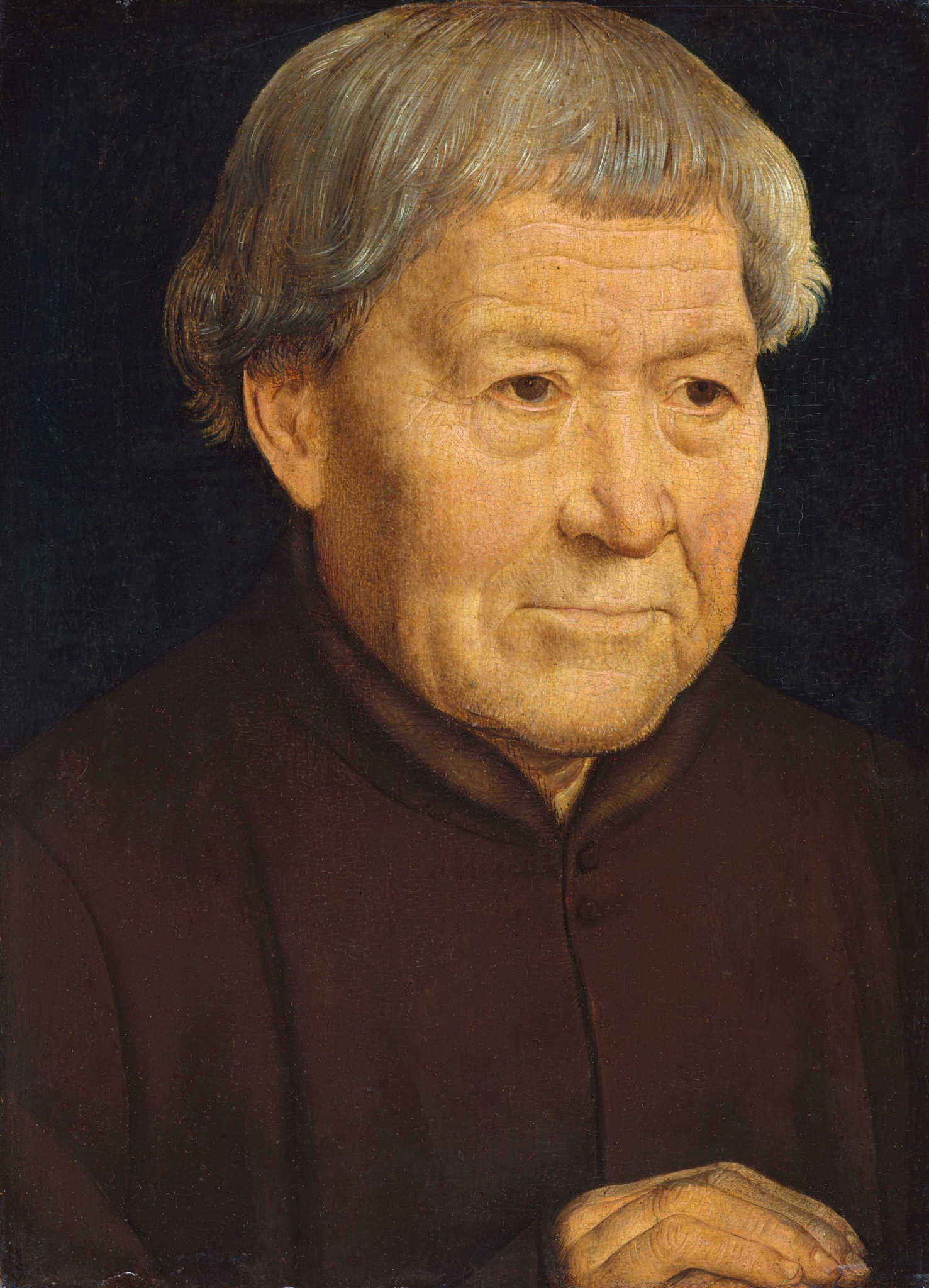All my characters have roots among real-world people—after all, who can write in a vacuum? But behind Elmus Rooksby, This Madness of the Heart‘s founder of Grace and Glory Bible College (later taken over by arch-villain Jasper Jarboe), I was always conscious of one real man, a professor of mine.
“Elmus Rooksby laughed with his whole body when he was happy. Almost like a glowing sphere of faerie dust, he brought joy wherever he went. His bald head shone, his blue eyes sparked, his feet almost danced, and even if he didn’t actually do it, his arms seemed to stretch out and gather you into his warmth. He was a huge teddy bear of a man, and my pleasure at seeing him was genuine. For the first time in days I felt myself relaxing, safe in the comfort of his limpid goodness.”
 I find goodness extraordinarily difficult to portray. It’s like wrestling with the Pillsbury Doughboy: no matter what I do, it wants to snap back into something cloying, boring, superficial, sugary—and white. Villainy, now—that’s easy. Just like it’s easier to rake someone over the coals than tell them you love them. Goodness finds its strength in being vulnerable. Evil has its roots in rage and hate—and wards its weakness behind colorful walls like nested puzzle boxes. Take JJ, for example:
I find goodness extraordinarily difficult to portray. It’s like wrestling with the Pillsbury Doughboy: no matter what I do, it wants to snap back into something cloying, boring, superficial, sugary—and white. Villainy, now—that’s easy. Just like it’s easier to rake someone over the coals than tell them you love them. Goodness finds its strength in being vulnerable. Evil has its roots in rage and hate—and wards its weakness behind colorful walls like nested puzzle boxes. Take JJ, for example:
“From where I stood I could see his piercing, electric, “Billy Graham eyes”—in another man perhaps even bedroom eyes. But not in Jasper Jarboe. Those deep-set blue eyes opened out on the world like caves of dirty ice, radiating none of the heat of the sensualist. His lips were thick and red, repellent on such a man in their woman’s softness. His tongue flicked out serpent-like, leaving a sheen of spittle in its wake. His absurd ski-jump nose sloped out from puffy cheeks, overshadowing a too-small chin and incipient jowls. The powerful lights exposed his teased pouf of thinning hair for what it was, chilling me with the unsettling image of a malicious overgrown infant, bald but for its newborn peach-fuzz.”

Comparatively, such descriptions are so easy to write!
But back to Elmus. Perhaps good people are difficult to describe because they’re so rare. How many truly good people do you know? Really? And what constitutes a “good” person, anyway?
I spent uncounted hours across the desk from this professor through the years, watching his every move with the critical suspicion that becomes second-nature to a woman competing for a place in academe. Never did I detect a flicker of sexual tension (always on my radar), or defensiveness—physical, emotional or intellectual. He met me with his whole person, right there, open, available to me, always eager to offer anything he could that might be of help. The man listened. And when he listened, he heard. He expressed compassion for impossible situations without offering meaningless solutions or platitudes. He looked across the desk at me with real grief in his eyes when I was in trouble. On the rare occasions when he actually offered advice, his words were wise. And he never, ever turned the conversation to himself unless I asked.
In his less serious moments, I used to imagine that his habitual joy was about to burst the constraints of his portly body until nothing would remain but brilliant dancing motes of light. I never heard him spread a vicious rumor or tear another person down. His apparent love for humanity—individually and as a whole—never struck a false note.
He didn’t tolerate viciousness or grandstanding in his seminars. I always wondered after he’d shut down such displays just how he’d done it. His soft word spoken into student chaos was like oil on troubled water. The calm was immediate and irreversible, although the culprits often seemed confused by their sudden silence.
 The only times I remember seeing him roused to anger were during the days that inspired Madness: when vicious, self-serving bullies were taking over some local colleges, firing brilliant and gentle scholars, and replacing them with doctrinally “pure” puppets. I realized then the absolute rightness of my professor’s emotional presence also embraced righteous rage in the face of injustice . . . righteousness without the slightest taint of self-righteousness.
The only times I remember seeing him roused to anger were during the days that inspired Madness: when vicious, self-serving bullies were taking over some local colleges, firing brilliant and gentle scholars, and replacing them with doctrinally “pure” puppets. I realized then the absolute rightness of my professor’s emotional presence also embraced righteous rage in the face of injustice . . . righteousness without the slightest taint of self-righteousness.
Elmus Rooksby, a good man. The man behind the character is gone now, but I’m content with my memorial to him.
In the process of writing this post, it occurred to me to see if classic paintings of “goodness” were as rare as my own experience of it. I found 1 painting in 2 hours of web-crawling that was exactly what I’d had in mind:

Two other paintings came close:
 I freely admit that these choices are subjective, but since this is my blog, that’s OK, right? Anyway, below are far more common images that came up in a search for “Renaissance paintings of men.” I would say that their expressions range from selfish, cruel, and arrogant to sad, confused, and shallow.
I freely admit that these choices are subjective, but since this is my blog, that’s OK, right? Anyway, below are far more common images that came up in a search for “Renaissance paintings of men.” I would say that their expressions range from selfish, cruel, and arrogant to sad, confused, and shallow.
The most obvious explanation for this disparity is that most of the portraits painted then–and now– were done by commission, which would have meant there was a higher than normal percentage of arrogant money lenders among the people whose portraits were painted . . . But I also wonder if, like me as a writer, these painters found goodness difficult to portray. Or perhaps its presence among the ordinary run of human beings was rare enough that they didn’t often have the chance to paint it.
It’s an intriguing question for me, and I’m sure I’ll pursue it in future books in the series. And, of course, it’s at the heart of the Yeshua’s Cat books: how to portray Jesus of Nazareth, with all the complexities of his nature . . .
It’s good to know that the tasks I’ve taken on will always be beyond my abilities to perfect! I’ve never liked being bored.
*** Portions of this post were originally written for the Jane Reads Blogspot


